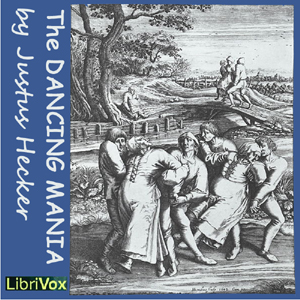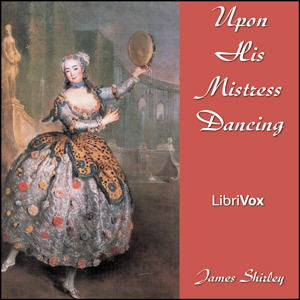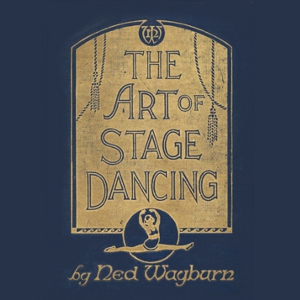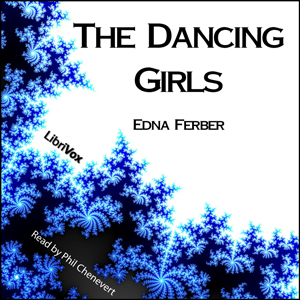The Dancing Mania - Justus HECKER
Justus HECKER
Audiobook info
Comments (0)

listen
Numerous theories have been proposed for the causes of dancing mania, and it remains unclear whether it was a real illness or a social phenomenon.
One of the most prominent theories is that victims suffered from ergot poisoning, which was known as St Anthony's Fire in the Middle Ages. During floods and damp periods, ergots were able to grow and affect rye and other crops. Ergotism can cause hallucinations, but cannot account for the other strange behaviour most commonly identified with dancing mania.
Many sources discuss how dancing mania, and tarantism, may have simply been the result of stress and tension caused by natural disasters around the time, such as plagues and floods…people may have danced to relieve themselves of the stress and poverty of the day, and in doing so, attempted to become ecstatic and see visions. Sources agree that dancing mania was one of the earliest forms of mass hysteria, and describe it as a "psychic epidemic", with numerous explanations that might account for the behaviour of the dancers.
Another popular theory is that the outbreaks were all staged, and the appearance of strange behaviour was down to its unfamiliarity. Religious cults may have been acting out well-organised dances, in accordance with ancient Greek and Roman rituals. Despite being banned at the time, these rituals could be performed under the guise of uncontrollable dancing mania. (Introduction from Wikipedia, slightly adapted.)
One of the most prominent theories is that victims suffered from ergot poisoning, which was known as St Anthony's Fire in the Middle Ages. During floods and damp periods, ergots were able to grow and affect rye and other crops. Ergotism can cause hallucinations, but cannot account for the other strange behaviour most commonly identified with dancing mania.
Many sources discuss how dancing mania, and tarantism, may have simply been the result of stress and tension caused by natural disasters around the time, such as plagues and floods…people may have danced to relieve themselves of the stress and poverty of the day, and in doing so, attempted to become ecstatic and see visions. Sources agree that dancing mania was one of the earliest forms of mass hysteria, and describe it as a "psychic epidemic", with numerous explanations that might account for the behaviour of the dancers.
Another popular theory is that the outbreaks were all staged, and the appearance of strange behaviour was down to its unfamiliarity. Religious cults may have been acting out well-organised dances, in accordance with ancient Greek and Roman rituals. Despite being banned at the time, these rituals could be performed under the guise of uncontrollable dancing mania. (Introduction from Wikipedia, slightly adapted.)
Listen 🔊 mp3 (mp3) audiobook "The Dancing Mania - Justus HECKER" in good quality in English completely free without registration on the best site booksaudio-online.com/en/
Listen to the audiobook online
0
Listen to similar audiobooks:





